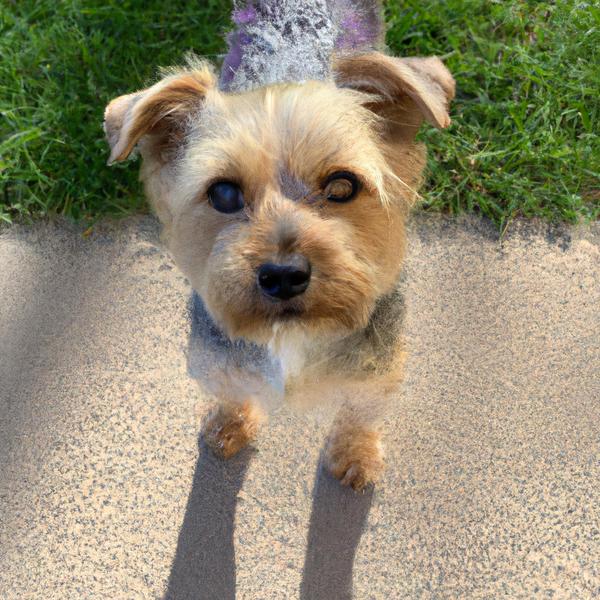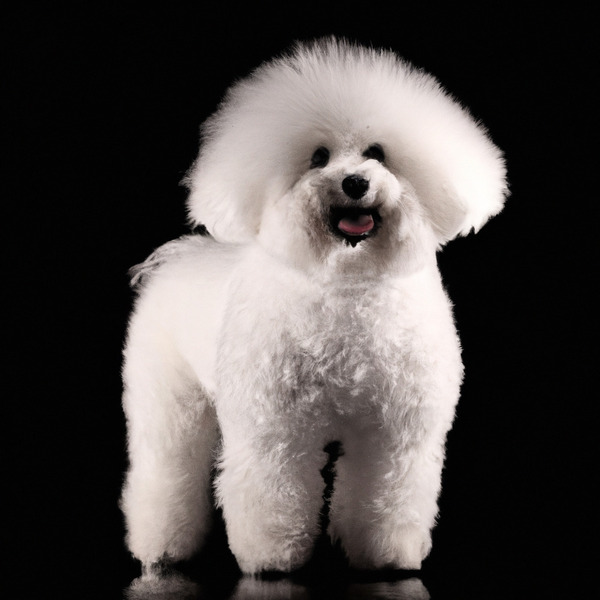Yorkie Russell vs. Bolognese: Breed Differences and Similarities
Hypoallergenic
Are Yorkie Russells or Bologneses hypoallergenic, or neither?
Unfortunately, the Yorkie Russell is not hypoallergenic, making it not a good choice for a dog lover who suffers from pet allergies.
While no dogs are truly 100% hypoallergenic, Bologneses are about as close as it gets, making them an ideal pet if you are an allergy sufferer.
Watchdog Ability
Which dog breed makes a better watchdog, the Yorkie Russell or Bolognese?
Yorkie Russells aren't great guard dogs; they tend to just watch without taking action.
Bologneses make excellent watchdogs - they're vocal and protective of their territory.
Ancestry
What are the origins of Yorkie Russell and Bolognese breeds?
Jack Russell Terrier, Yorkshire Terrier
Bichon Frise, Maltese
Date of Birth
When were Yorkie Russell and Bolognese breeds first developed?
Unknown
1200s
Eye Color Possibilites
What are the eye colors of Yorkie Russell and Bolognese dogs?
Brown
Brown
Nose Color Possibilites
What are the natural nose colors of Yorkie Russell and Bolognese?
Black
Black
Coat Color Possibilites
What are the natural colors of the coat for Yorkie Russell and Bolognese breeds?
Black
White
Blue
Brown
Fawn
Silver
White
Coat Length
What is the typical coat length for Yorkie Russell and Bolognese breeds?
Yorkie Russells have longer coats compared to most dogs.
Bologneses are known for their coat length.
Coat Density
What is the density of the coat of Yorkie Russell and Bolognese?
Coat Texture
What is the hair texture of Yorkie Russell and Bolognese?
Straight
Curly
Litter Size
What is the usual litter size for Yorkie Russell and Bolognese?
A Yorkie Russell can have a litter of 4-8 puppies on average. However, it's worth noting that the size of the litters can vary greatly. Factors that can influence litter size include the health of the mother, breeding history, and genetics.
A Bolognese can have a litter of 12-14 puppies on average. However, it's worth noting that the size of the litters can vary greatly. Factors that can influence litter size include the health of the mother, breeding history, and genetics.
Major Concerns
What are the major health concerns for Yorkie Russell and Bolognese breeds?
Portacaval Shunt
Progressive Retinal Atrophy
Cataracts
Tracheal Collapse
Legg-Calve-Perthes Disease
Subaortic Stenosis
Canine Cushing’s Disease
Canine Glaucoma
Patellar Luxation
Progressive Retinal Atrophy
Cataracts
Hip Dysplasia
Legg-Calve-Perthes Disease
Minor Concerns
What minor health issues should be kept in mind when owning Yorkie Russell and Bolognese?
Patellar Luxation
Epilepsy
Von Willebrand's Disease
Cerebellar Ataxia
Otitis Externa
Allergies
Occasional Tests
What occasional tests are recommended for Yorkie Russell and Bolognese breeds?
Knee
Liver Ultrasound
CERF
X-Rays
Eye Examination
Physical Examination
Endoscopy
Brain Auditory Evoked Response (BAER)
DNA for VWD
Eye
Hip
X-Rays
Eye Examination
Dental Examination
Energy
How do the energy levels of Yorkie Russells and Bologneses compare?
Yorkie Russell and Bolognese breeds are known for their high energy levels, so if you're looking for a more low-key dog, these breeds may not be the best choice.
Exercise Needed
Yorkie Russell vs Bolognese exercise need comparison.
Yorkie Russells need moderate physical activity and are great for families and active individuals.
Bologneses require significant physical activity and suit those with an active lifestyle.
Tendency to Bark
Do Yorkie Russells or Bologneses bark more/less frequently?
Yorkie Russell dogs are generally less vocal than other breeds and only bark when necessary, such as to alert their owner or communicate.
Bologneses bark moderately when necessary and may also bark due to certain triggers like fear, alarm, boredom, greeting, separation anxiety and compulsive barking.
Past times
What are some enjoyable activities and ways to keep Yorkie Russell and Bolognese entertained?
Road trip, Fetch, Walk, Playdate, Walking, Running
Sniffing, Going Outside, Watching TV, Swimming, Hanging out, Playing fetch, Walking, Grooming
Activity Level
Which breed has higher energy, Yorkie Russells or Bologneses?
Both Yorkie Russell and Bolognese are medium-energy dogs that enjoy socializing and playing with other dogs. They may engage in casual or sustained games of chase, and occasionally have bursts of barking or racing around the house.
Walks per Week
How many miles should Yorkie Russell or Bolognese walk each week?
There's really no limit to how far you walk your dog as long as they're comfortable. For Yorkie Russell, it's at least 9 miles / week. Just remember to build distance and stamina gradually over time.
There's really no limit to how far you walk your dog as long as they're comfortable. For Bolognese, it's at least 7 miles / week. Just remember to build distance and stamina gradually over time.
Activity per Day
Do Yorkie Russells or Bologneses require more exercise?
In general most Yorkie Russells usually need at least 45 minutes of exercise daily. This can be spread across the day and include all sorts of high-energy activities, like walking, running and playing.
In general most Bologneses usually need at least 60 minutes of exercise daily. This can be spread across the day and include all sorts of high-energy activities, like walking, running and playing.
Grooming
Which breed is easier to maintain in terms of grooming, Yorkie Russells or Bologneses?
Yorkie Russells require significant grooming, including regular trims and professional grooming assistance to maintain their coat. They may also require frequent bathing to keep their coat and skin healthy.
The Bolognese is a low-maintenance breed that doesn't require much grooming.
Brushing Frequency
What is the recommended brushing frequency for Yorkie Russell and Bolognese dogs?
Ideally, both Yorkie Russell and Bolognese should be brushed at least 2 or 3 times a week (preferably daily) to improve shedding.
Brushing Tools
What brushing tools are used for Yorkie Russells and Bologneses?
Pin Brush
Slicker Brush
Comb
Nail Clipper
Pin Brush
Comb
Clipper
Nail Clipper
Cups
How much food should be given to Yorkie Russell or Bolognese in cups?
Yorkie Russell and Bolognese share the same recommended daily food intake of 1 cups, although the appropriate quantity may vary depending on the quality and nutritional content of their food.
Daily Cost
Which breed has a higher daily cost, Yorkie Russell or Bolognese?
The average cost of a Yorkie Russell is somewhere $1.10 - $1.80 per day.
The average cost of a Bolognese is somewhere $1.10 - $1.40 per day.
Monthly Cost
Which breed has a higher monthly cost, Yorkie Russell or Bolognese?
When it comes to monthly expenses, both Yorkie Russell and Bolognese have a similar average cost, ranging from $28 - $42. This results in an average yearly cost of around $336 - $504.
Intelligence
Comparing Intelligence: Yorkie Russells vs Bologneses
Yorkie Russells are average in obedience intelligence but have a high IQ and may cause trouble if left unsupervised.
Bolognese is highly intelligent and very trainable.
Affection Dependance
Which is the more affectionate dog breed: Yorkie Russell vs Bolognese?
Dog Friendly
Which breed is more sociable with other dogs: Yorkie Russell or Bolognese?
{Yorkie Russells and Bologneses are average friendly towards other dogs. If they are raised with other dogs, they are likely to get along with them. And, if they are socialized properly from a young age, they will usually be great with other dogs.
Playfulness
Which breed is more playful between Yorkie Russell and Bolognese?
Yorkie Russells are a playful breed that needs daily playtime to be happy.
Bologneses have an average level of playfulness, enjoying playtime like most dogs but not excessively so.
Trainability
How do the trainability levels of Yorkie Russells and Bologneses compare?
Yorkie Russell and Bolognese dogs are usually easy to train, but may require consistency to fully obey commands.
Compare Yorkie Russell with other breeds
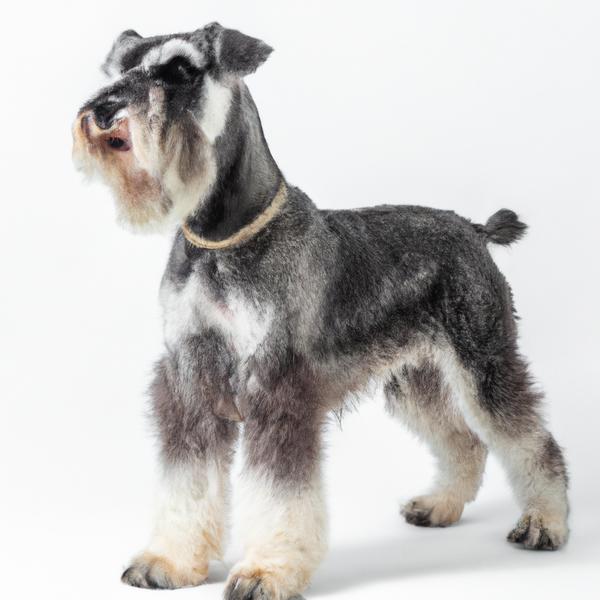
Eskimo Schnauzer
Yorkie Russell vs Eskimo Schnauzer
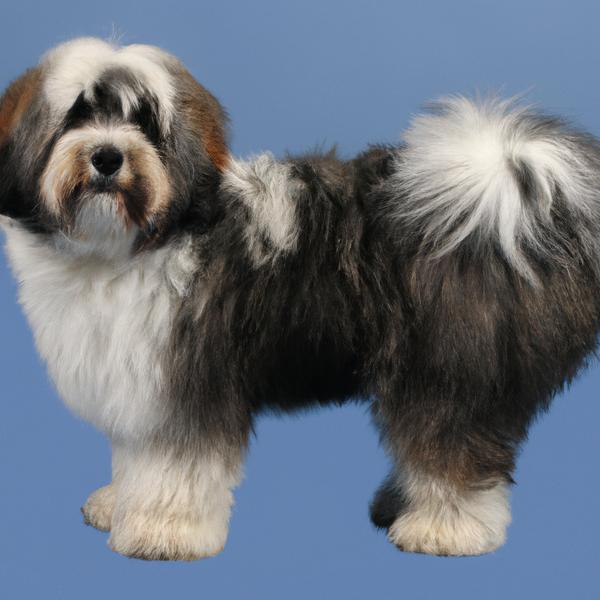
Fo-Chon
Yorkie Russell vs Fo-Chon
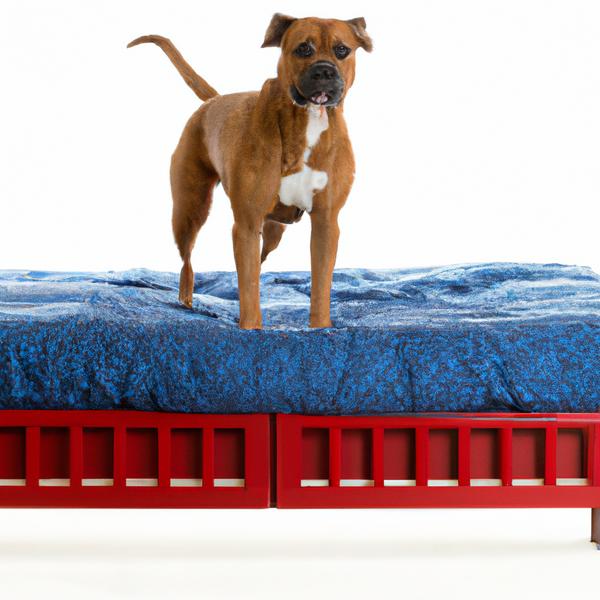
Boxspring
Yorkie Russell vs Boxspring
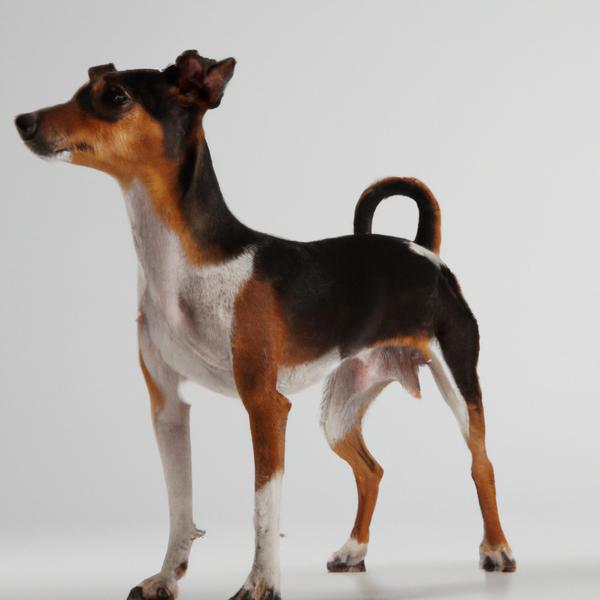
Wire Foxy Rat Terrier
Yorkie Russell vs Wire Foxy Rat Terrier
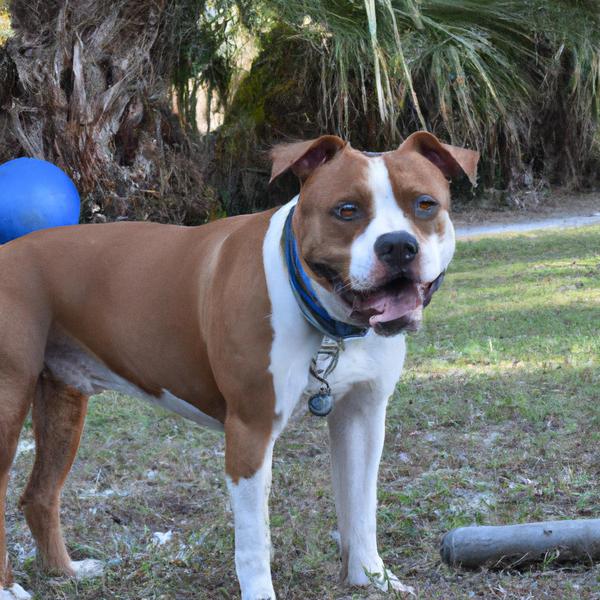
Bostillon
Yorkie Russell vs Bostillon
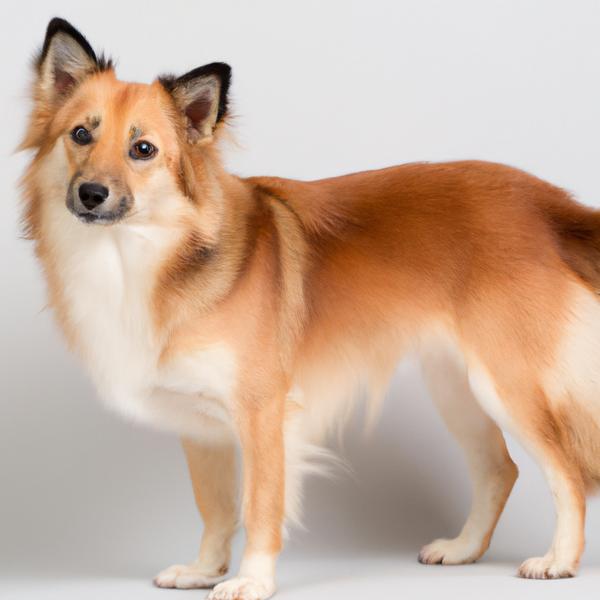
Foxingese
Yorkie Russell vs Foxingese
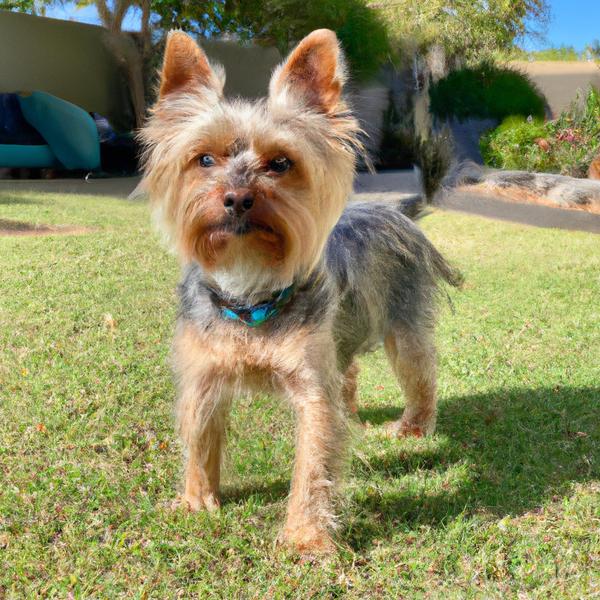
Australian Yorkshire Terrier
Yorkie Russell vs Australian Yorkshire Terrier
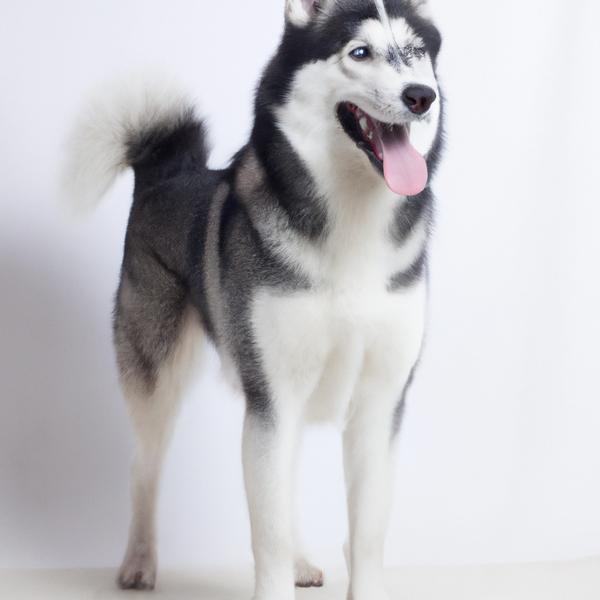
Husker
Yorkie Russell vs Husker
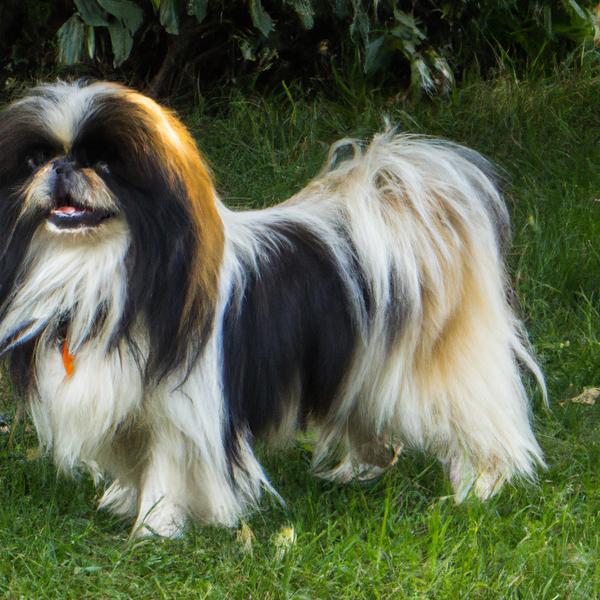
Tibetan Chin
Yorkie Russell vs Tibetan Chin
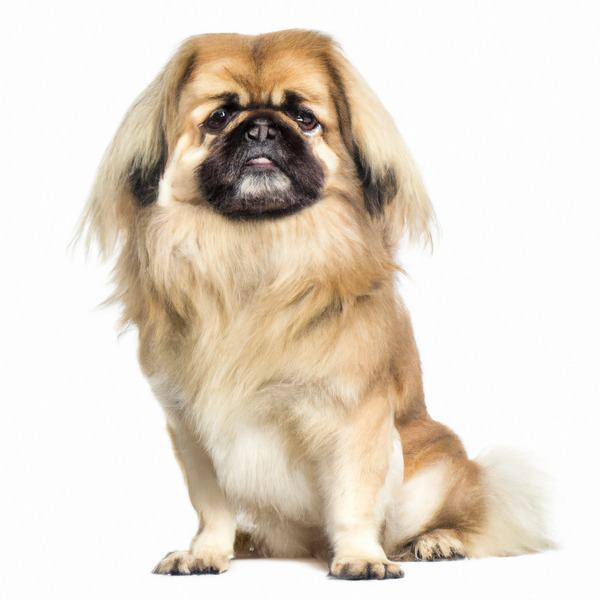
Tibetan Spaniel
Yorkie Russell vs Tibetan Spaniel
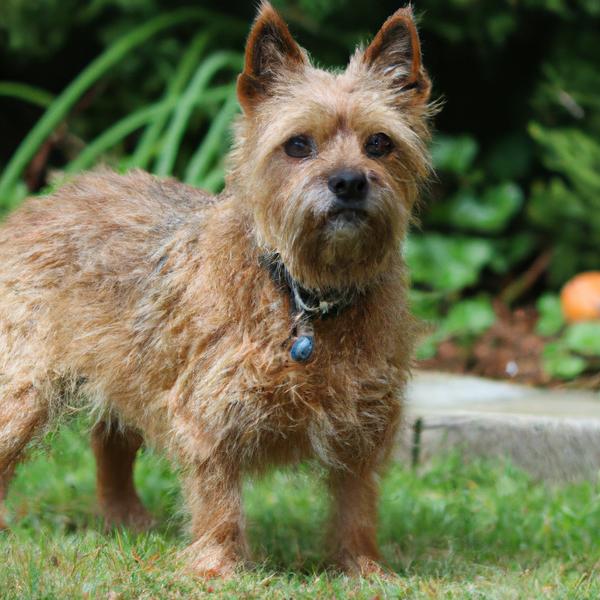
Norfolk Terrier
Yorkie Russell vs Norfolk Terrier

Beagleman
Yorkie Russell vs Beagleman
